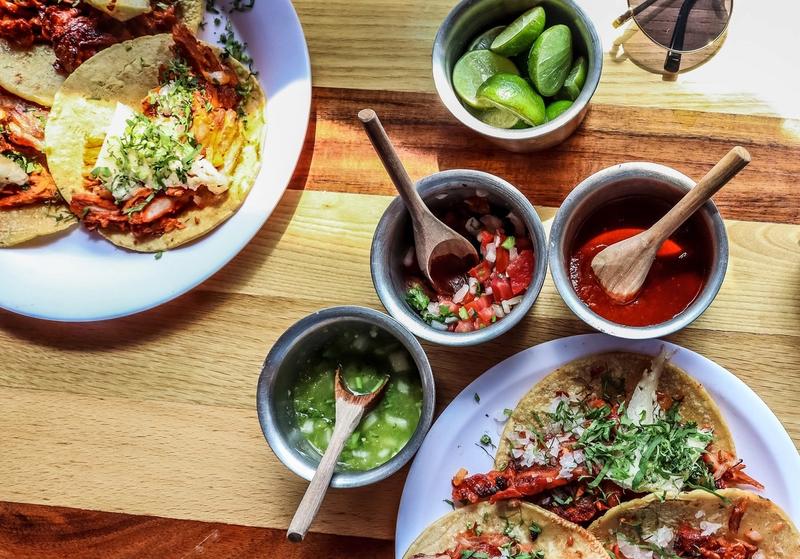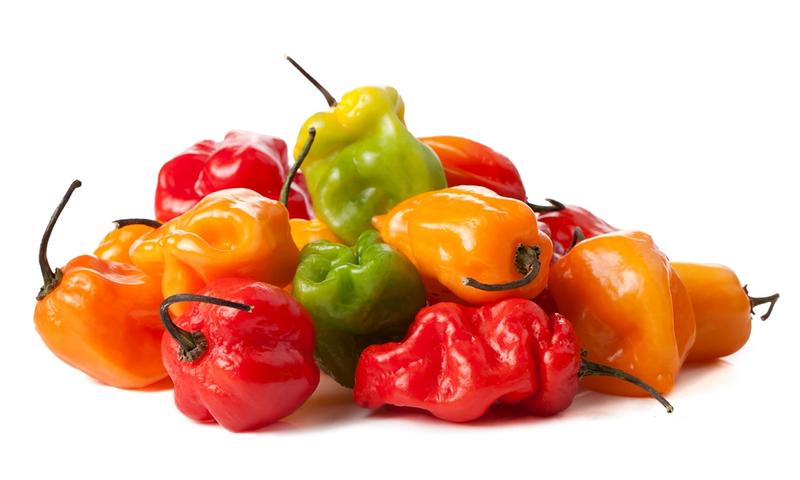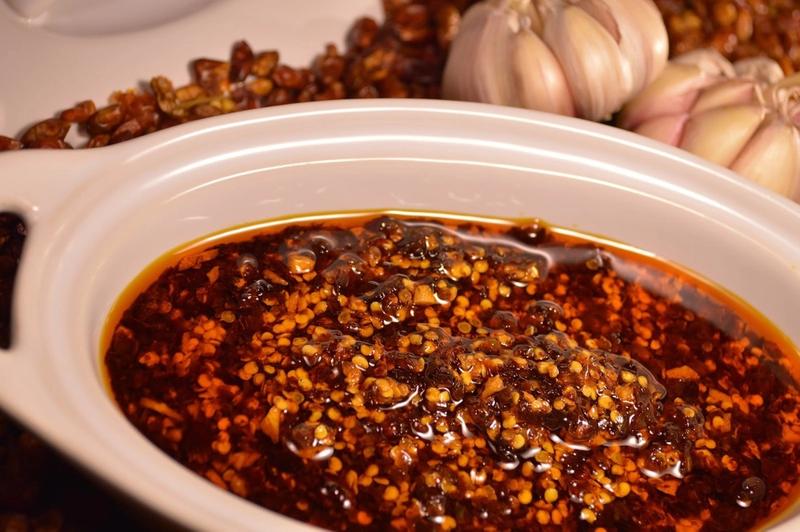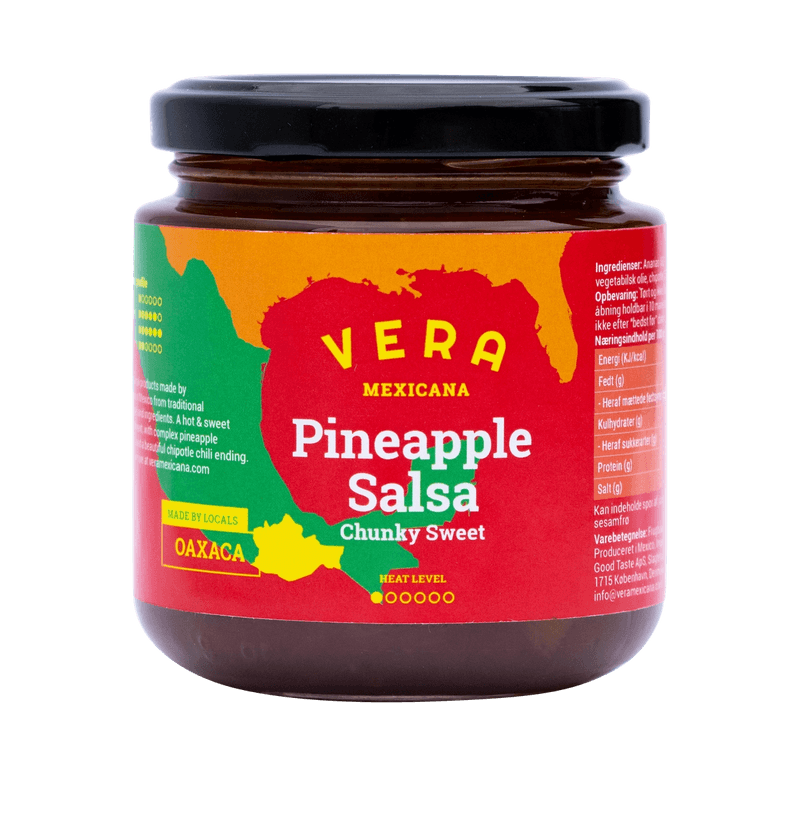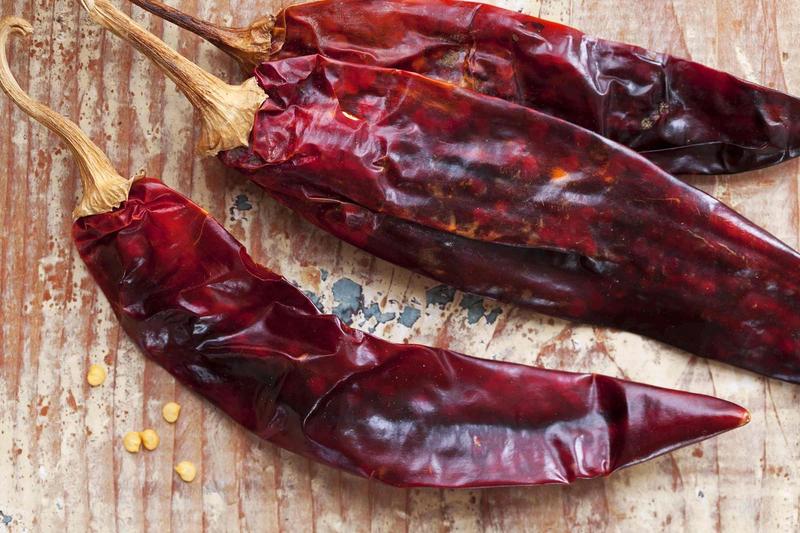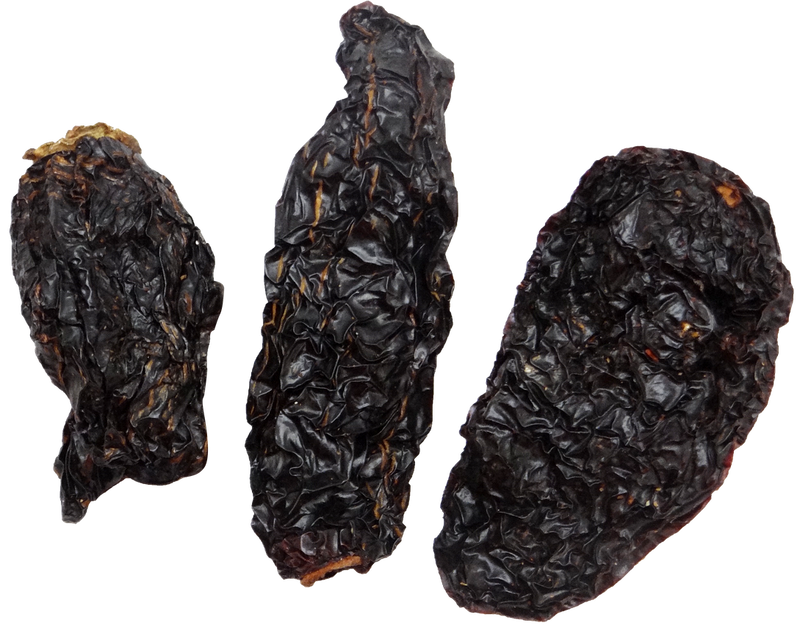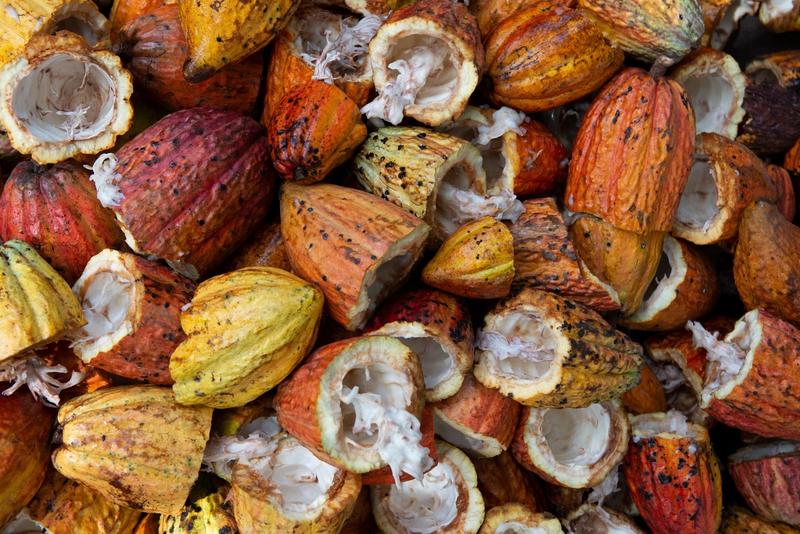What is a Hot Sauce?
What does it take to be a “Hot sauce”?
Merriam-Webster defines hot sauce simply as “a pungent condiment sauce made from hot peppers.” That might be a good starting point for our investigation, allowing for the multitude of culturally diverse ways in which people around the globe have incorporated a pungent plant in the local hot sauce.
So what makes a hot sauce good? It is not easy to pin down exactly, and unfortunately no court of chile peppers can convene to clear up this mess of fermented, dried, boiled, and fried sauces. Purists form the United States might allege the superiority of their cultural format: the thin, vinegar-y concoction, best known from the world’s bestselling Tabasco.
While many countries across the globe now use the chile fruit frequently, Mexico is the original birthplace of the capsicum species. So with that in mind, why don’t we start by exploring Mexican hot sauces?
